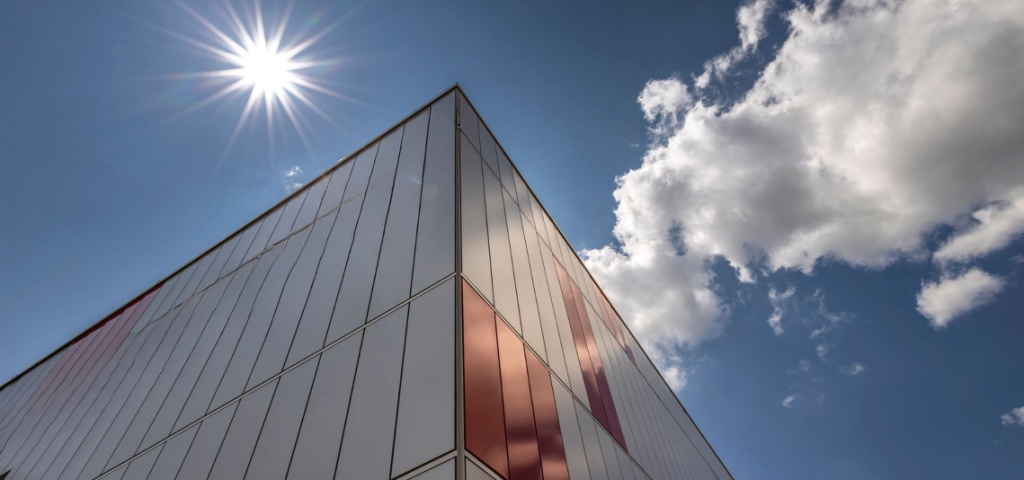At Adragos, we always put our customers first. And here in Jura, we have invested in flexible filling capacity so we can continue to meet their needs as they change and evolve over time.
Future demand can be unpredictable, and the characteristics of products entering development are not static. A key consideration when we were designing our new fill and finish line in Jura was therefore to ensure it had the flexibility to accommodate a wide range of different products.
As part of the design process, we looked for some insight into the products customers might be making in the coming years, and therefore what assets and capabilities we are likely to need in future. If, for example, a new modality is in the early stages of research, a filling line specifically tailored to current product types may not suffice. As well as the drug product itself, these predictions extended to the packaging materials and components we might need to use to meet future demand.
Whenever a customer comes to us with a new project, the first step is a technical assessment of the product to determine whether it is compatible with our assets. Greater flexibility, of course, means we are more likely to be able to accommodate it here, and with the experience we have on site. It’s a good idea to run feasibility studies early on to ensure it will indeed fit in with our capabilities and equipment, and whether any adaptations to our current assets might be required.
Fine-tuning operations
Constant discussion and communication with customers is also important. This feedback will help us understand what modifications to the line might be required and allow us to implement them more quickly. We also need to be transparent about project progress, reinforcing the trust built up between us. This feedback loop helps us fine-tune operations to meet their needs, and allows us pass on our expertise to them. For example, we are used to managing complex formulations, including suspensions and highly viscous products. It allows us to suggest the most effective technical solutions if their product proves challenging.
We also want to maximise the use of single-use components in our processes. It is usually faster, as it reduces both changeover times and validation requirements, while also cutting the chances of cross-contamination. It also increases our flexibility. It is possible to make much of the line single use – from the product tank at the start right through to the filling needles, tailored to the product and perfectly adapted to our equipment. Even something as simple as using pre-sterilised stoppers can save time and reduce risk.
Careful coordination of all functions is essential. Whether using an existing line, revamping a line or implementing a new line, these are really complex projects involving many different companies and competencies. At the start of each shift, we meet to determine what tasks are scheduled that day, and what the priorities are. The more activities we can carry out safely in parallel, the faster the whole process will be.
While it’s a small site here at Jura, we have all the necessary competencies needed on-site – and our small size makes us fast and efficient. We monitor progress of commissioning and equipment qualification on a daily basis, constantly adapting and challenging the schedule. We try to debottleneck as far as is practical, and anticipate what problems could arise in the future, whether from a technical perspective or in terms of resources. We always try to be one step ahead.

